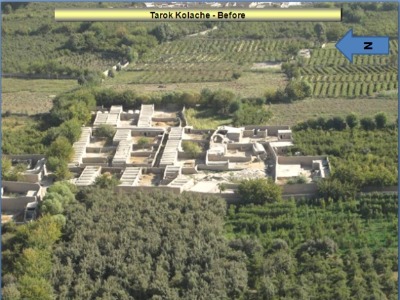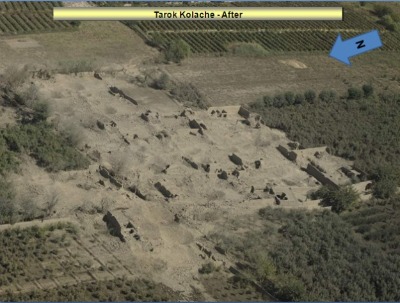U.S. strategy in Afghanistan
Max Boot lauds America's counter-insurgency effort:
That is the way good counterinsurgency works. It is a slow, agonizing, costly process, but if skillful soldiers or Marines stick to their mission, they will gradually drive the insurgents away, as the Marines are doing in Sangin.
Boot is right to praise the bravery and skill of U.S. and coalition forces operating in Afghanistan, but the counter-insurgency effort there is not always about winning 'hearts and minds' and we shouldn't lose sight of the strategic goals we're trying to accomplish here.
To that end it's worth examining a pair of photos, courtesy of Paula Broadwell, writing on Thomas Ricks' blog, about a recent mission in Afghanistan:


According to Broadwell's account, the town was riven with Taliban booby traps and a danger to U.S. troops, so it was more or less leveled. The commander of U.S. forces responsible for the attack goes on to lament that the "reconstruction would consume the remainder of my deployed life."
It's worth reflecting on this dynamic as it relates to the broader question of American strategy in Afghanistan and how best to spend American resources to protect the country from international terrorists. Take the costs of blowing up this Afghan village, add to that the cost of rebuilding this Afghan village, throw in the intangible but no less significant damage to Afghans who used to live there and the risks to coalition forces, then ask whether this and other operations like it are the most important thing we can do to prevent a terrorist attack against U.S. soil or U.S. interests globally. Broadwell's piece did not suggest al-Qaeda members were hiding in the village - indeed the word "al-Qaeda" never appears in her post.



